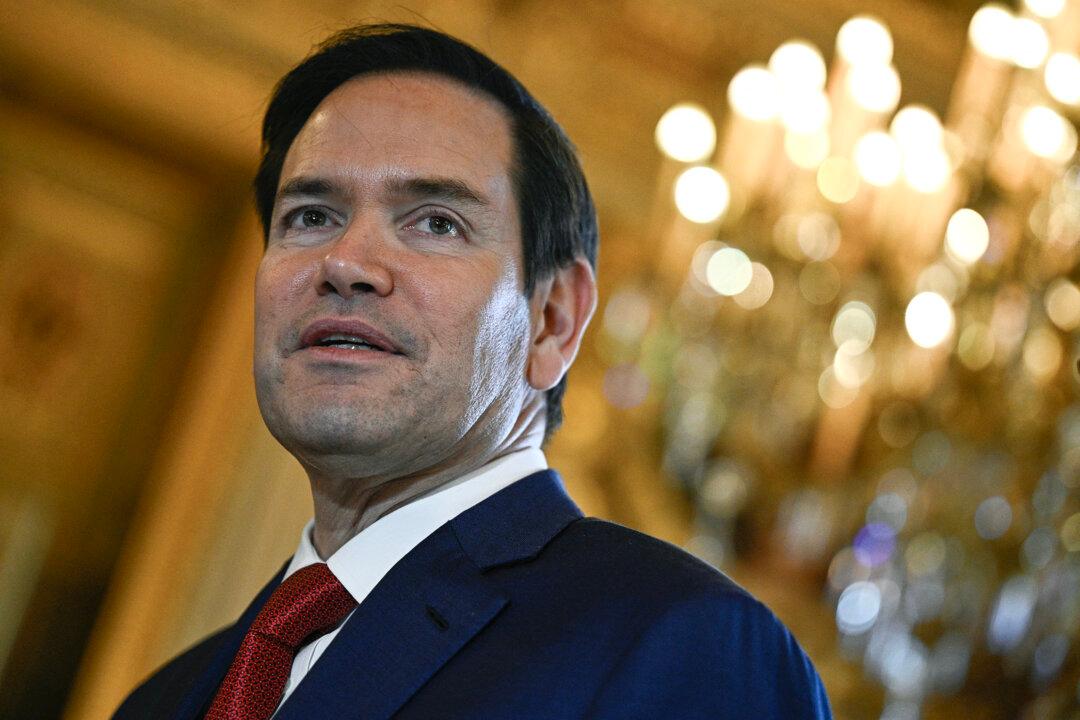In her first press conference as president of the European Central Bank (ECB), Christine Lagarde pledged to get “ahead of the curve” in the evolving environment of “stablecoins,” considered to be less volatile versions of blockchain currencies because of their peg to a pool of assets.
The ECB chief said that “given the developments we are seeing, not so much in the bitcoin segment but in the stablecoins projects,” the ECB needs to be “ahead of the curve” because “there is clearly a demand out there that we have to respond to.”
Some blockchain currency specialists, including Tuur Demeester, founding partner of Adamant Capital, said Lagarde’s remarks suggest the ECB would make some kind of inroads into the stablecoin market.
In its report, the working group noted potential benefits of a less volatile digital currency like stablecoin but called for a better understanding of the risks.
“The working group report finds that stablecoins, regardless of size, have implications ranging from anti-money laundering efforts across jurisdictions to operational resilience (including for cyber security), consumer/investor and data protection, and tax compliance. Global stablecoins may amplify those challenges and could also pose challenges to competition policy, financial stability, monetary policy and, in the extreme, the international monetary system,” the BIS noted.
The former International Monetary Fund (IMF) chief said the ECB had also set up a task force “to make significant strides toward establishing and achieving clear objectives for the development of its own digital currency.” She said the central bank had already conducted experiments and “pilots here and there” and that the task force would formulate more strictly defined project objectives for its own digital currency.
“Are we trying to reduce cost? Are we trying to cut out the middleman? Are we trying to have inclusive finance at all costs–at no cost? There’s a whole range of objectives that can be pursued, so I think we will start by doing that,” Lagarde said.

Lagarde said that besides discussions on “this sort of glamorous central bank digital currency, much talked about and worth exploring,” the Eurosystem already has in place digital payment systems, which she hoped would be adopted more widely.
EU Finance Ministers Tepid on Stablecoins
Lagarde’s comments on stablecoins and digital currencies come just weeks after European Union finance ministers put a freeze on the launch of stablecoins until the bloc has formulated a strategy to mitigate the risks posed by the technology.The finance ministers added that “no global ‘stablecoin’ arrangement should begin operation in the European Union until the legal, regulatory, and oversight challenges and risks have been adequately identified and addressed.”
While acknowledging the potential benefits of stablecoins, including cheaper and faster cross-border payments, the ministers said these technologies pose “multifaceted challenges and risks related, for example, to consumer protection, privacy, taxation, cyber security and operational resilience, money laundering, terrorism financing, market integrity, governance, and legal certainty.”
“When a ‘stablecoin’ initiative has the potential to reach a global scale, these concerns are likely to be amplified, and new potential risks to monetary sovereignty, monetary policy, the safety and efficiency of payment systems, financial stability, and fair competition can arise,” they said.
The ministers called for greater clarity around the legal status of stablecoin arrangements.
Saga Launches Stablecoin to Rival Facebook’s Libra
Recently, a blockchain firm advised by Myron Scholes, co-creator of the famed Black-Scholes model of derivative valuation for which he won the Nobel prize, launched a new stablecoin that the company hopes will revolutionize cross-border exchange and become a global currency.“SGA is the first digital currency that replicates the mechanics of central bank national currencies and applies them on a global scale,” the company said, adding that its stablecoin “acts as a bridge bringing digital currencies into the mainstream.”

“This acts as a stabilizing mechanism to reduce volatility,” Saga said in the release, explaining the rationale of pegging to the SDR.
“The SDR was initially defined as equivalent to 0.888671 grams of fine gold—which, at the time, was also equivalent to one U.S. dollar,” the IMF said. “After the collapse of the Bretton Woods system, the SDR was redefined as a basket of currencies.”
The IMF said that while SDRs are neither a currency nor a claim on the IMF, they act as a “potential claim on the freely usable currencies of IMF members” and so can be exchanged for these currencies.
The downside of most cryptocurrencies is their extreme volatility, which, while attractive to speculators, can constrain their usefulness as a medium of exchange and store of value. Saga, like Libra, seeks to address this gap in the market.
With ambitions to serve as a global currency, Saga claims to have built “a robust monetary model and effective system of governance.”
“The proceeds of issuing new SGA tokens are kept in a reserve, held in regulated banks, and stored in liquid assets that replicate the currency composition of the SDR,” the company said.





